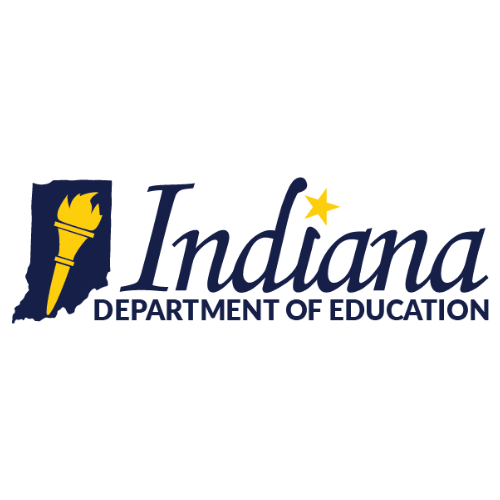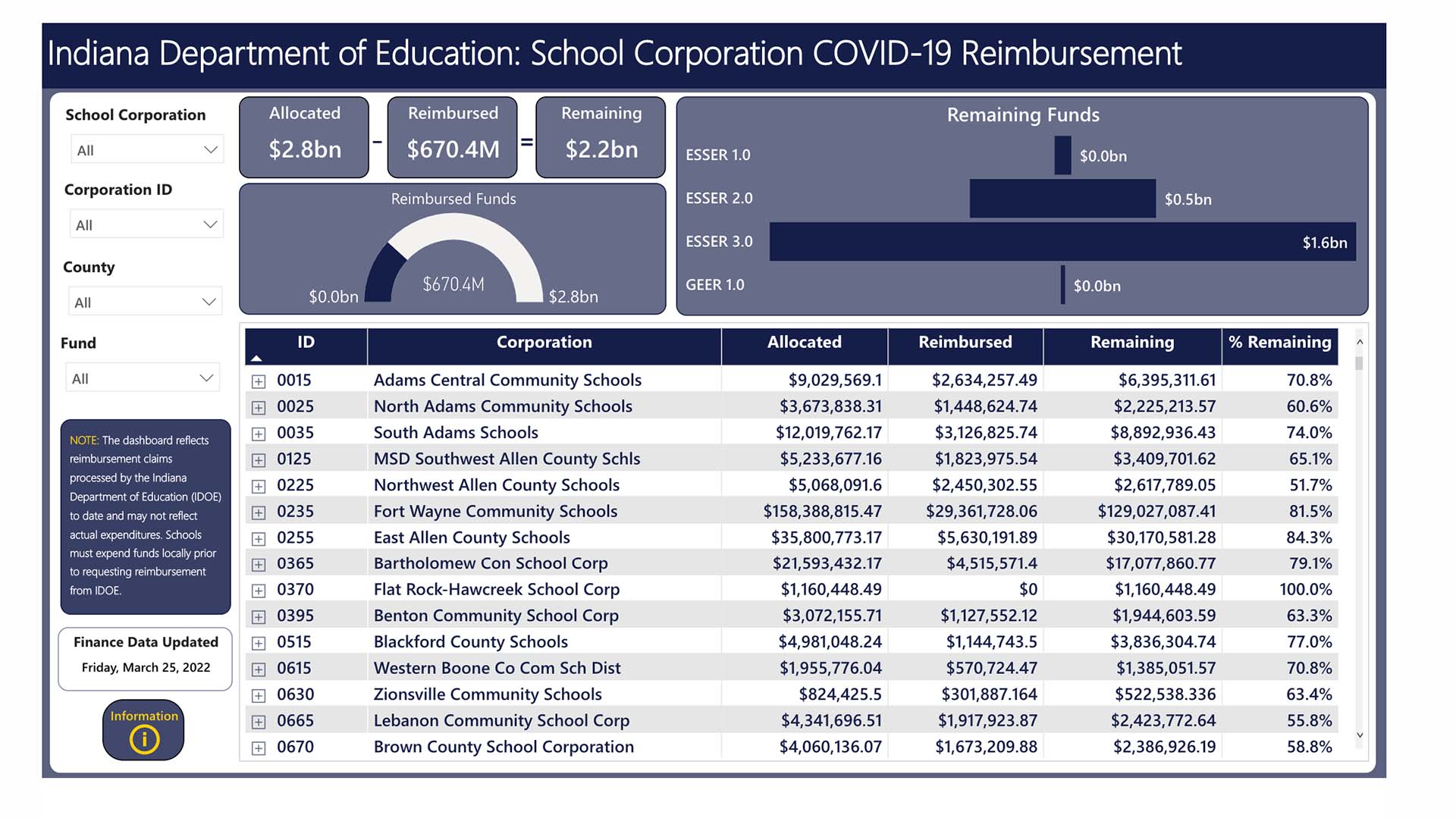
Setting the Stage
The Problem

Our Approach

The Outcome

We’re proud to help organizations thrive, and we’d love to tell you more.




We’re proud to help organizations thrive, and we’d love to tell you more.
Insights delivered to your inbox